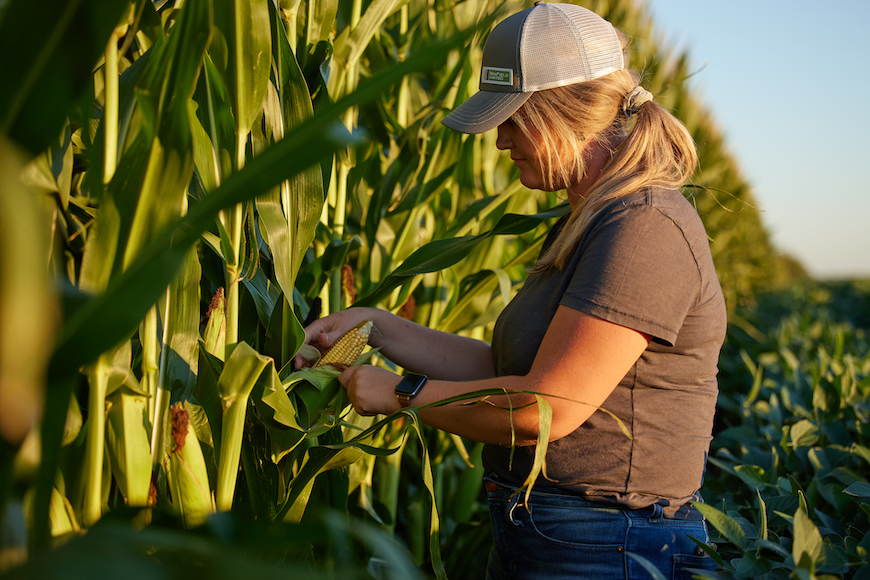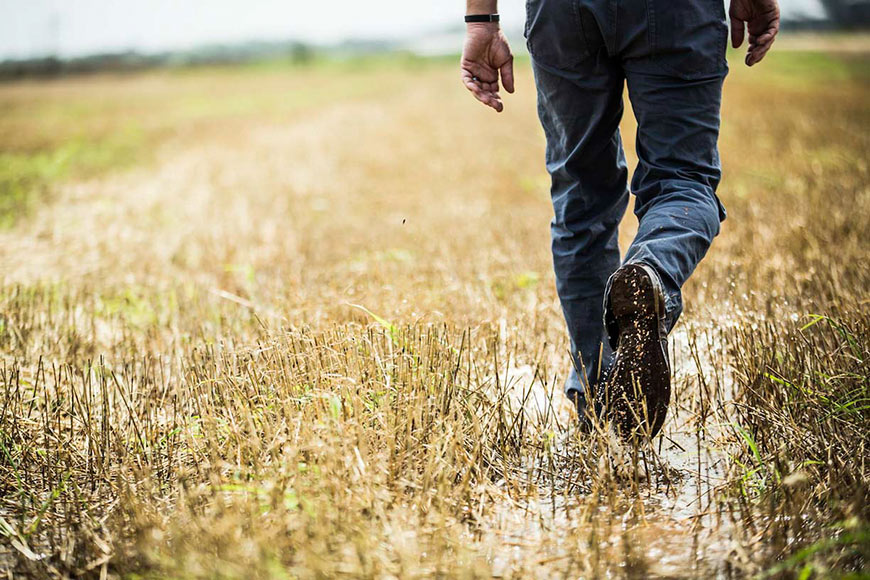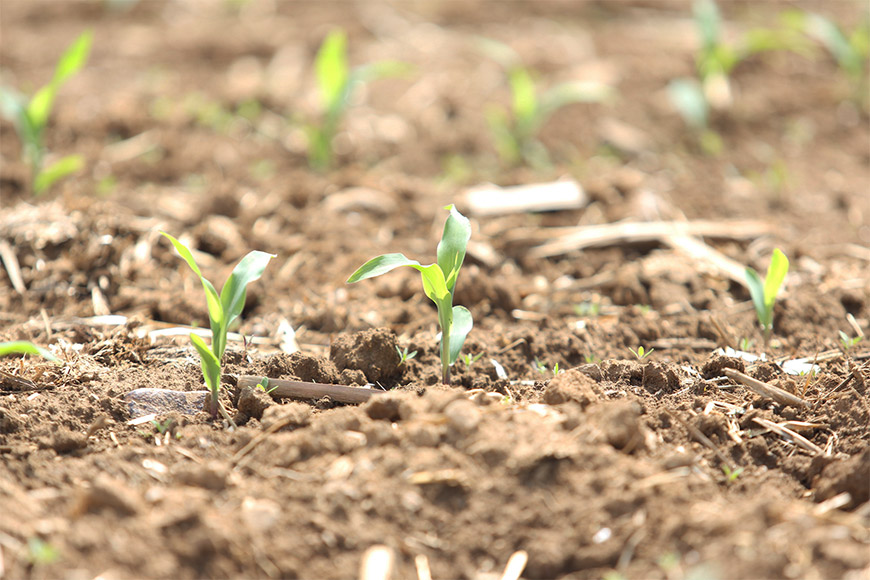Field Observations: New Biologicals Show Promising Start
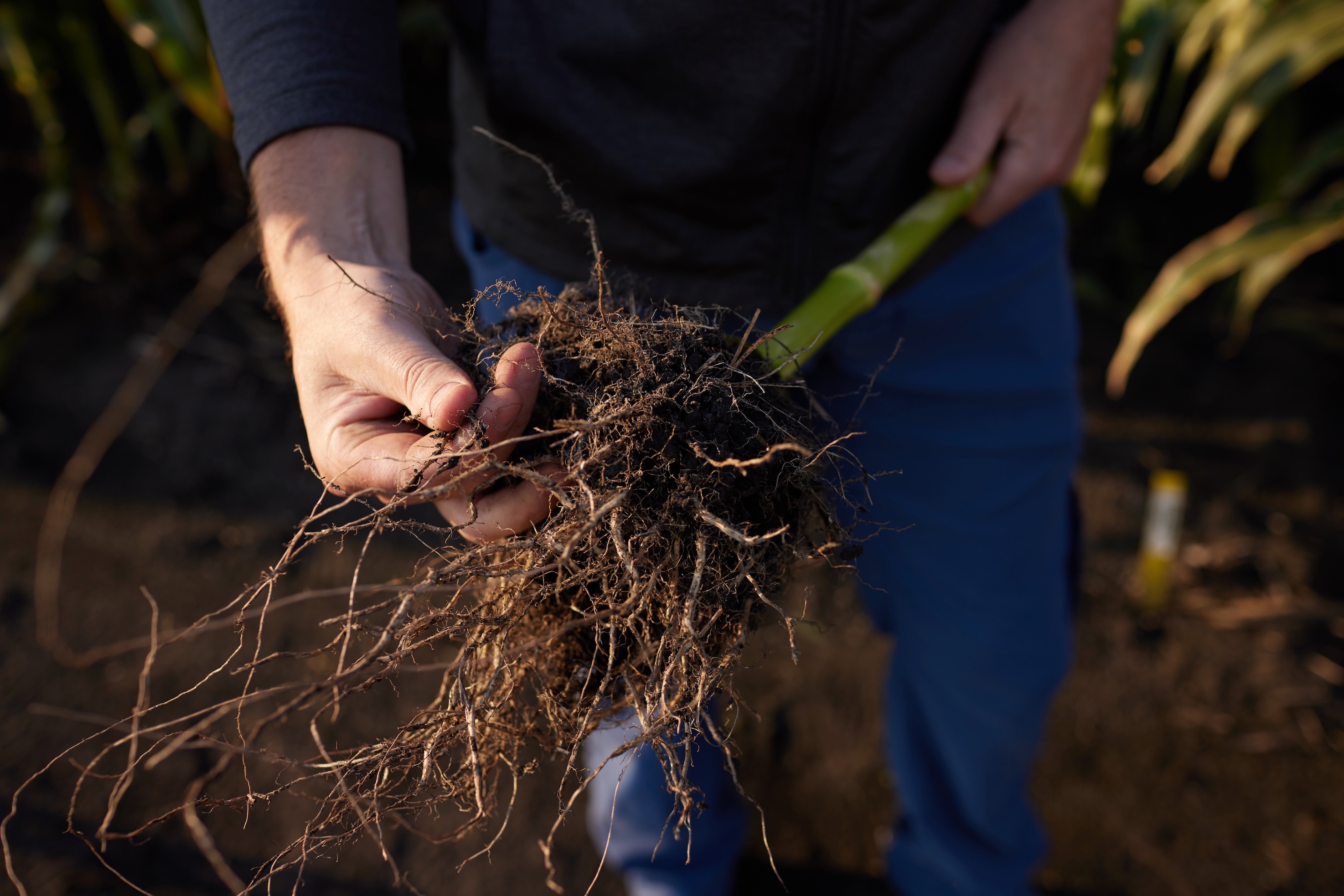
Here’s a closer look at how the latest WinField United biologicals were selected, how each new product has performed and what to keep in mind as you evaluate whether biologicals make sense for your 2026 plans.
Types of Biologicals
Plant Growth Accelerators (PGRs)
Biostimulants
Biological Seed Treatments
“Biologicals” is often used as a broad term for bio-based products used in crop production. More specifically, it is also one of the three subcategories, along with biostimulants and plant growth regulators (PGRs).
Rapid market growth has led to crowded offerings, confusion and some skepticism. That’s why in 2024, WinField United launched the BioVerified™ designation to help simplify the biological category by highlighting products we have evaluated thoroughly. Think of it as a starting point. As a transparent and trusted resource, we’ve sorted through the options and figured out what works so you don’t have to.
Products with this designation are rated against key metrics including product uniqueness, agronomic performance and economic return. We hope that when you choose a product with the designation, you can streamline your decision-making and feel more confident in your choice.
New for 2025
In 2025, WinField United introduced three new products: Ascend® ST3™ PGR, Dash™ PBC and Dash™ PBS planter box seed treatments. All three received the BioVerified™ designation.Ascend ST3 PGR is the newest member of the Ascend family. With the same active ingredients as Ascend²® PGR, but in a unique ratio tailored for seed-treatment applications, it helps mitigate early-season stress, promotes even emergence and encourages robust root development.
These products were part of demo trials last year through the Answer Plot® program, giving growers a chance to see their performance firsthand. In 13 Answer Plot trials on early-planted soybeans, Warden® CX II + Ascend ST3 seed treatment resulted in a higher yield potential 69.2 percent of the time. Within those winning trials, the average yield advantage was 4.6 bushels per acre.1
Dash PBC and Dash PBS are hopper-box treatments for corn and soybeans, respectively. Offering a two-for-one, they combine the benefits of seed lubrication with beneficial microbial enhancements. You can consider it an upgrade to traditional talc and graphite products.
In 35 trials, corn treated with Dash PBC planter box seed treatment outperformed untreated corn 60 percent of the time, delivering an average yield advantage of 10.6 bushels per acre in those winning trials.2
Examples from the Field
We saw some promising success during the trials. In my opinion, as we gain more traction, next year will be even bigger, especially based on some of these early-season visuals.
Stretching from Illinois to New York and Michigan down to Virginia, I’ve seen early-season root digs that show the potential of how well these products could perform.
Visual Example
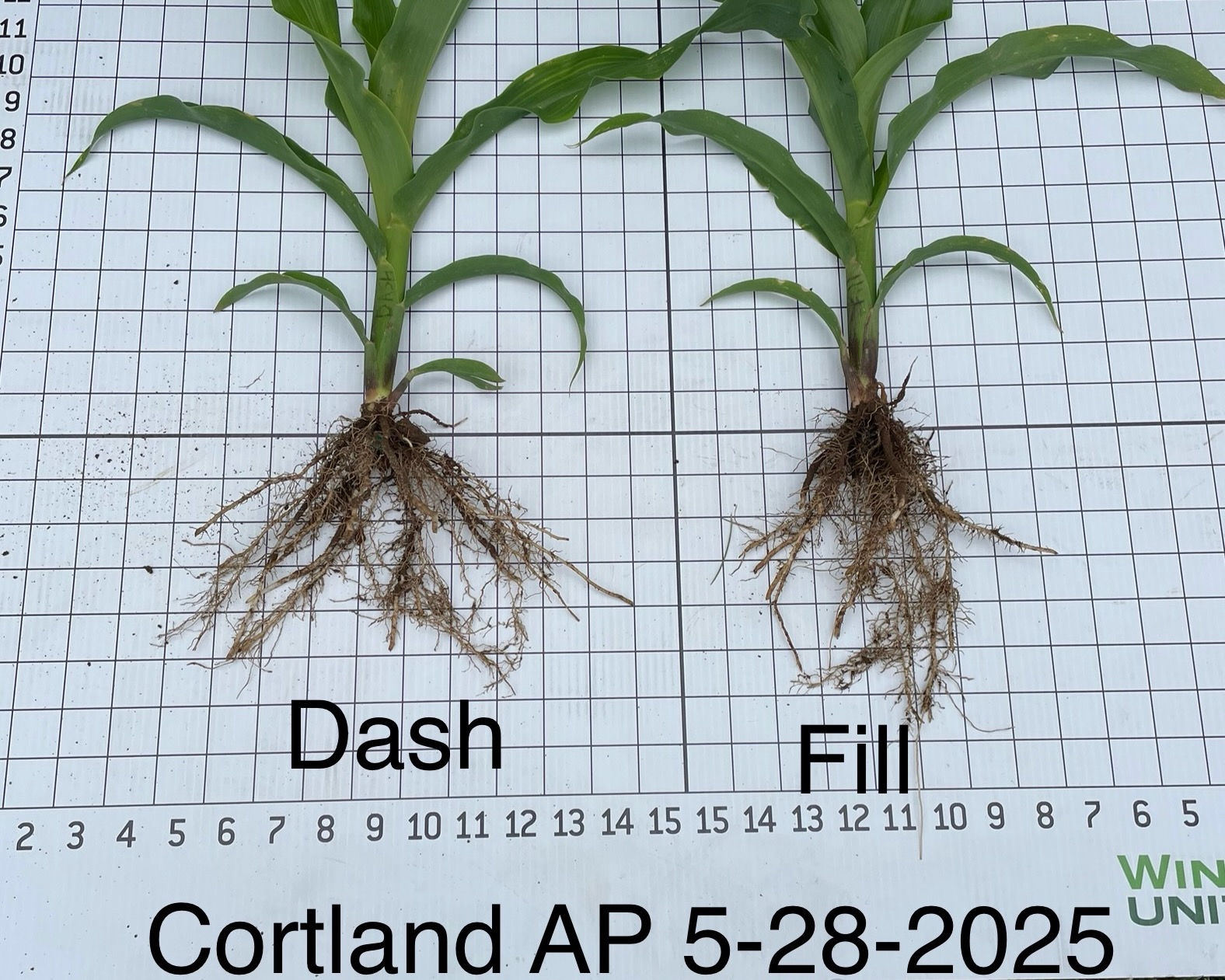
We’re already seeing the Dash PBC planter box seed treatment’s early-season plant health benefits. It provides biological support for nutrient uptake and robust growth.
Visual Example
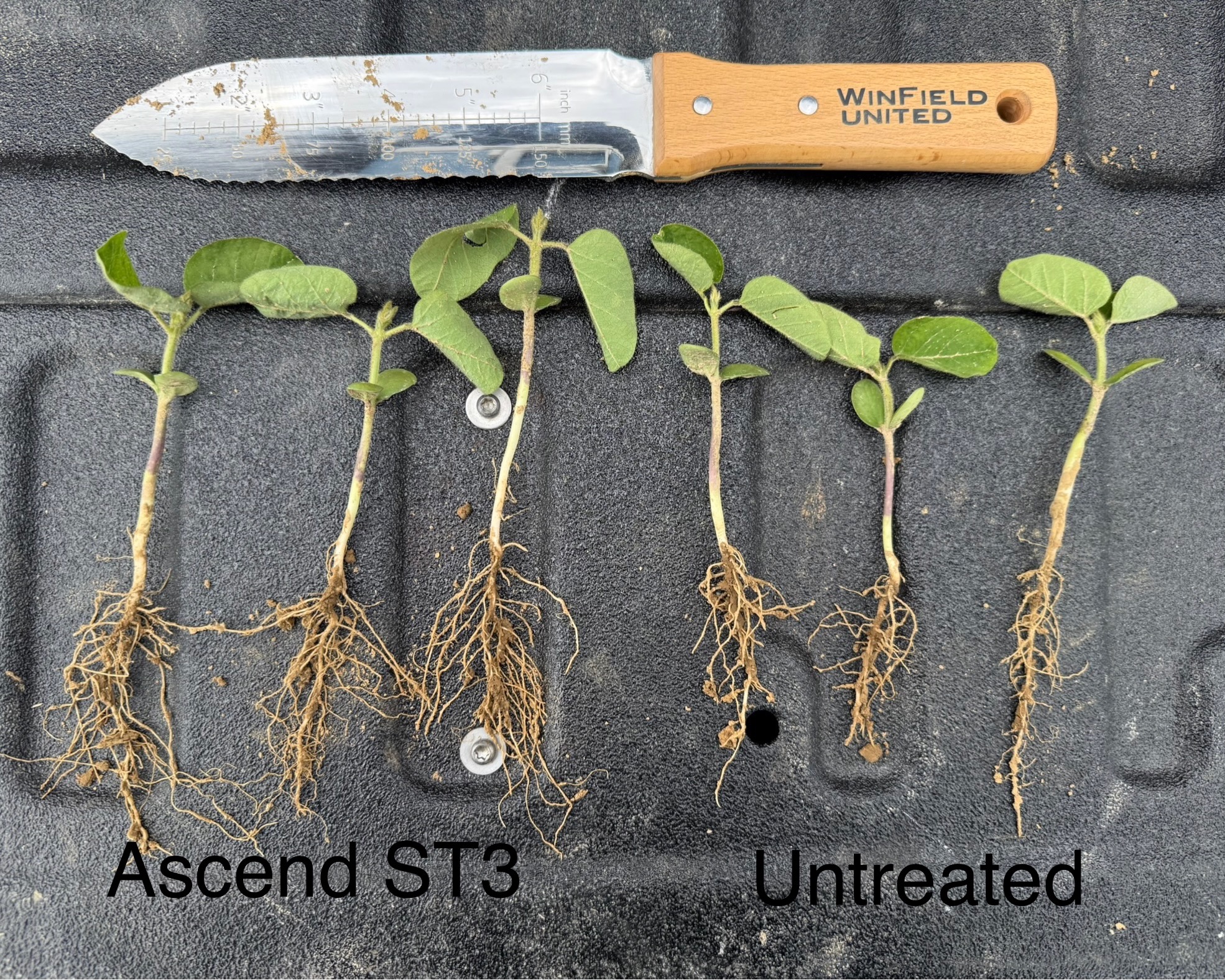
Side-by-side visual example of soybean plants. The plants on the left, treated with Ascend ST3 PGR, show a more developed root system compared to the untreated plants on the right. One standout example comes from a grower in southern Indiana. He applied Ascend ST3 PGR to his soybeans in his bottom field, which he typically has to replant (at least a portion of it every season) but didn’t have to this time. The root systems looked great; he was flabbergasted by how well the beans had grown, and the fact that he didn’t have to go back in.
Looking Ahead
As you plan for 2026, it’s a good time to start thinking about whether biologicals could be a fit for your operation. Start by asking yourself what agronomic issue you’re trying to solve. Do you need an early-season boost, a mid-season application or a late-season addition? These questions can help guide you to the right solutions within the WinField United BioVerified list. It often comes down to working closely with your retailer and discussing the right discovery questions to find the best fit for your goals.To learn more about biological seed treatments or any of the products mentioned in this article, contact your local WinField United retailer.
1 Based on 13 trials across Answer Plot locations, 2024.
2 Based on 35 trials across Answer Plot locations, 2024.
3 Cortland, Indiana, Answer Plot.
All photos are the property of WinField United or used with permission.
© 2025 WinField United. Important: Before use always read and follow label instructions. Crop performance is dependent on several factors many of which are beyond the control of WinField United, including without limitation, soil type, pest pressures, agronomic practices and weather conditions. Growers are encouraged to consider data from multiple locations, over multiple years and to be mindful of how such agronomic conditions could impact results. Ascend², Ascend ST3, Answer Plot, Bioverified, Dash, Warden and WinField are trademarks of WinField United.


